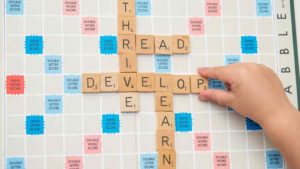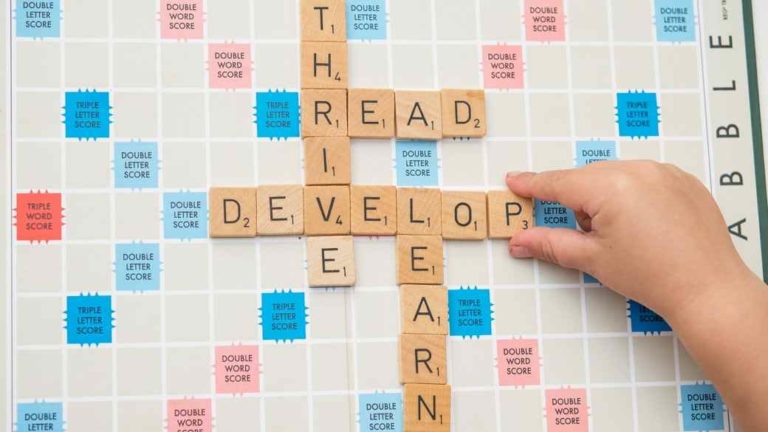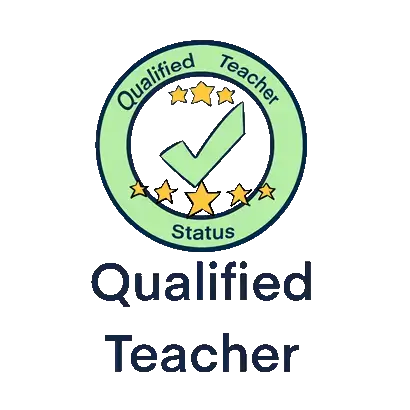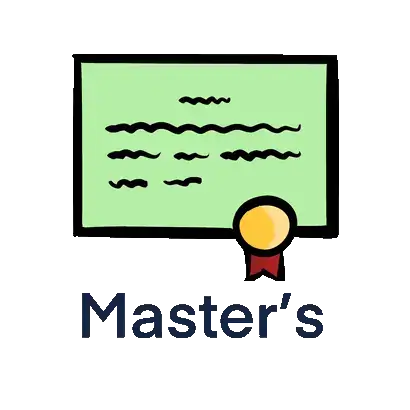Coping with 7 Plus exam stress: 5 mindful moments to help
Seven plus entrance exam preparation can be a stressful experience for both parents and students. This blog post outlines 5 mindfulness techniques to add some calm and joy to the process. It has been written by Meredith, an Owl Tutor with a background in psychology and counselling.
Studies on the benefits of children practising mindfulness have shown it can help children establish healthy habits of mind. Children’s brains and nervous systems are still in the process of developing and instilling good habits early can affect the way children cope with stress throughout life. A regular mindfulness practice gives children awareness of their emotions and body, promotes concentration and develops an ability to self-regulate, thereby helping them to cope better with stressful situations. Mindfulness doesn’t have to be sitting still and watching your breath (though this is very helpful too.) Here are 5 other mindful ways to help bring more calm, ease and joy to the 7 Plus preparation process.
1. Mindful movement
This is a good exercise before a tutoring session begins as children have often been sitting for long periods at school. It’s also a great way to let them get any anxious energy they may have out of their system (and some added daily exercise for you too!) Move like nature: Ask the child to walk around the room. You can use a drum or beat to establish a rhythm or have some music playing in the background. Tell them we are going to move like nature starting with a gentle breeze, strong wind, hurricane. Gentle rain, heavy rain, hailstones. Move like sunbeams, like the sea, like a twinkling star, a shooting star etc. Move like feelings: Explain to children that sometimes when you look at people you can tell how they are feeling. For example, if people are sad they may move slowly and with their head down. If they are happy they might walk quickly and with their head up and chest open. Let’s walk like feelings so when I call out a feeling walk like that feeling (angry, bored, sad, happy, scared, anxious, tense etc.)
2. Mindful listening
Tell the child that we are going to take 1 minute to listen to the sounds around us. Explain to the child that they don’t need to label the sound (i.e. ‘that’s an aeroplane’), just notice and feel the texture of the sound without words. You could invite the child to close their eyes if they feel comfortable and begin and end the minute with a chime/ bells/ singing bowl sound. Afterwards, ask the child what they heard and tell them what you heard.
3. Mindful eating
As well as providing the child with essential sustenance after a day at school and before a tutoring session, invite the child to eat a healthy snack in silence noticing the different textures and tastes. Asking them questions afterwards can aid their use of adjectives as they describe what they experienced.
4. Calming natural objects/ smells
Children love to get creative with nature! Ask the child to gather 5 of their favourite natural objects from the garden/ a green space on the way home from school (e.g. stone, leaf, petal). Look closely together at the chosen objects, taking the time to describe how they look and feel and what they like about them. Allow them to keep them near them through the tutoring session. Offer them a nice smelling flower. Although a bunch of lilies can be the most fragrant, honeysuckle and jasmine are wonderful for this (and a more appropriate size!) Nice smells can help calm their nervous system and enable them to feel at ease during a session and before an exam.
5. Torchlight body scan
Ask the child to find a comfortable sitting or laying position and invite them to close their eyes. (Script from Calm for Kids)
“Close your eyes and be very still. Breathe in and let your body become soft and relaxed, letting it sink into the ground every time you breathe out. Imagine you are going to shine a torch around your body, relaxing and silently naming each part as the beam of the torch lands on it…Start by shining the torch on your feet, relax your feet…Now move the beam of the torch onto your lower legs, relax your lower legs… move the torch onto your knees, relax your knees… your thighs, relax your thighs. Shine the torch on your hips, relax your hips… Move the torch onto your tummy, relax your tummy… move the torch onto your chest… relax your chest. Direct the beam of the torch onto your shoulders and relax your shoulders. Move the torch down your arms to your elbows, relax your elbows… Shine the torch on your hands, and now relax your hands… Back up through your arms, relax your arms. The beam of the torch is now on your neck, relax your neck… The beam of the torch gently shines on your head, relax your head .Lie here for a few moments, your whole body feeling relaxed and calm. When you hear the sound of the bell/ chime/ gong slowly come up to sitting.“
These techniques can be done before, during or after a tutoring session. Mindfulness is not a quick fix but practising regularly will aid focus and promote a sense of calm.








Start the discussion!